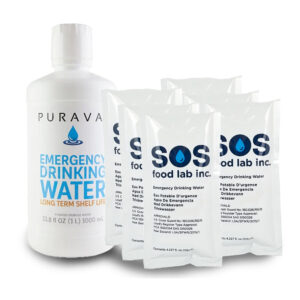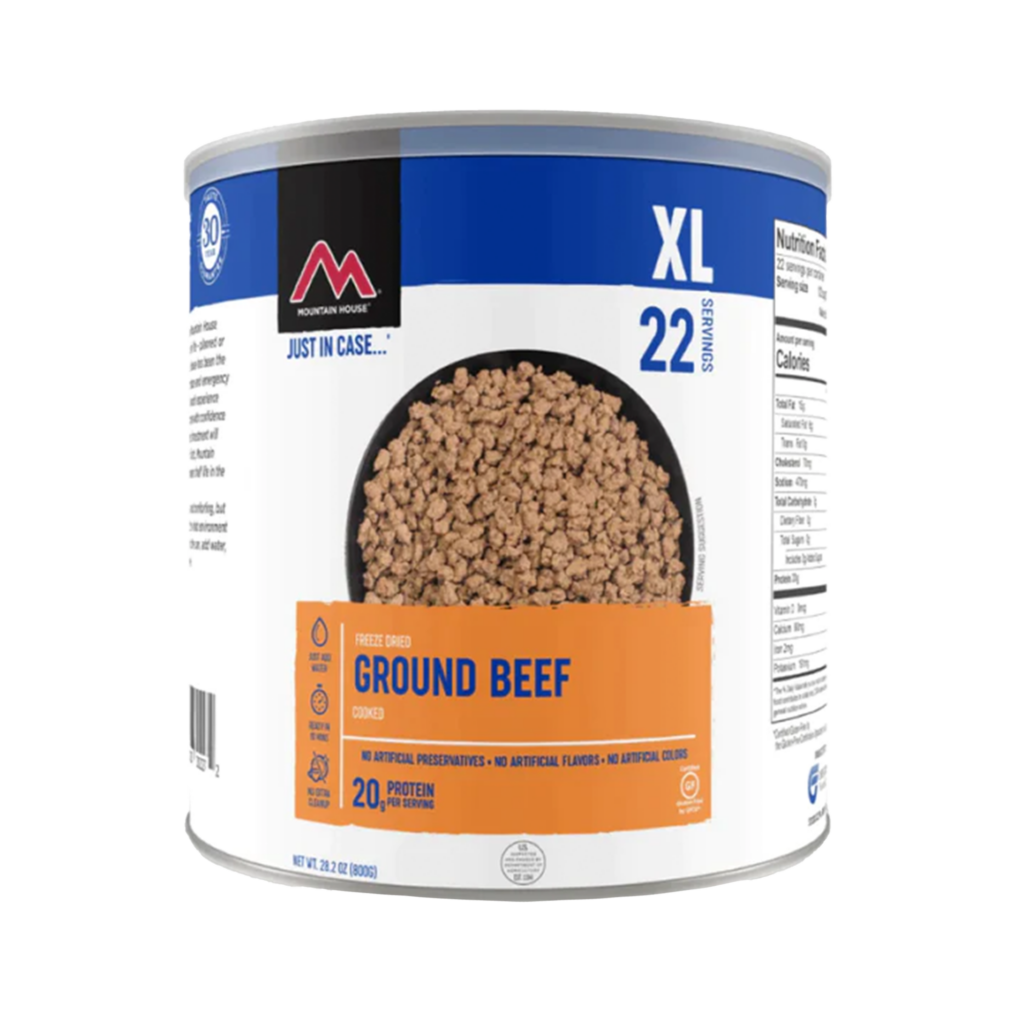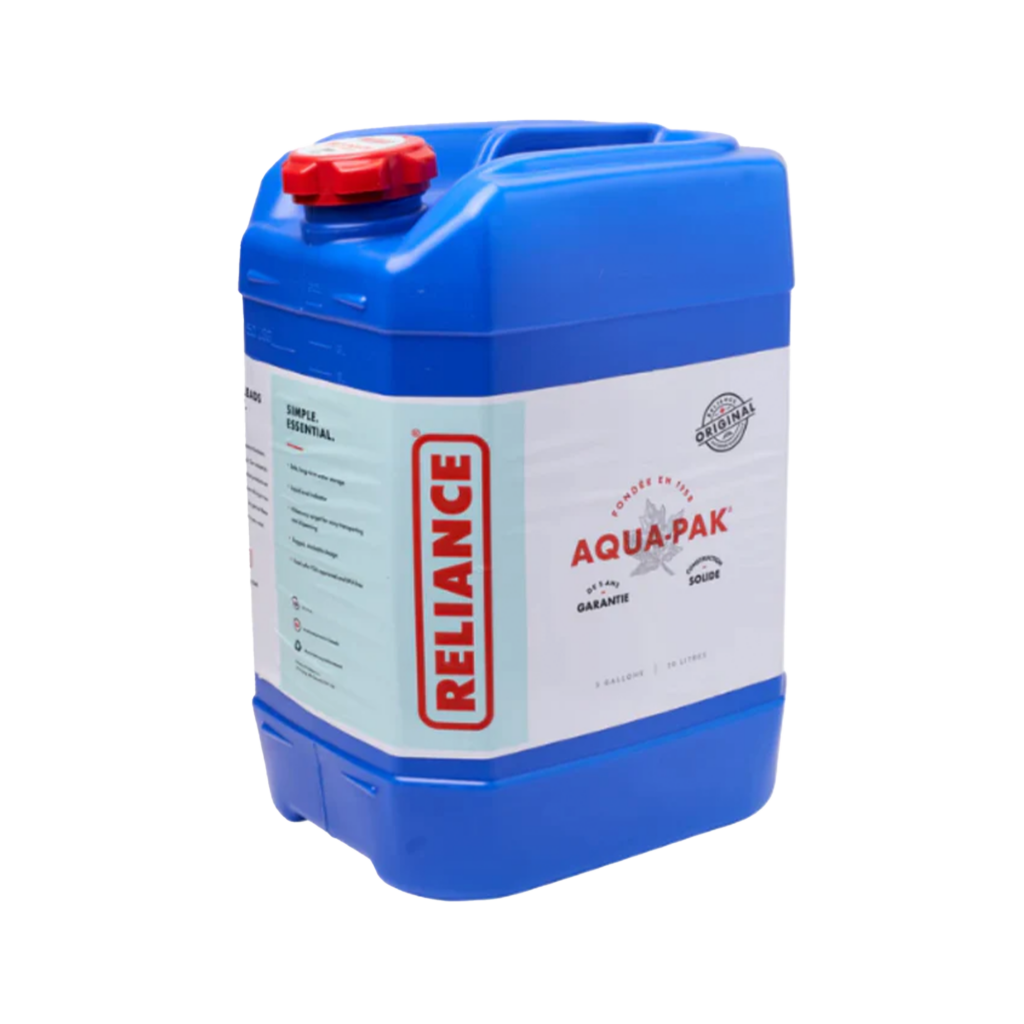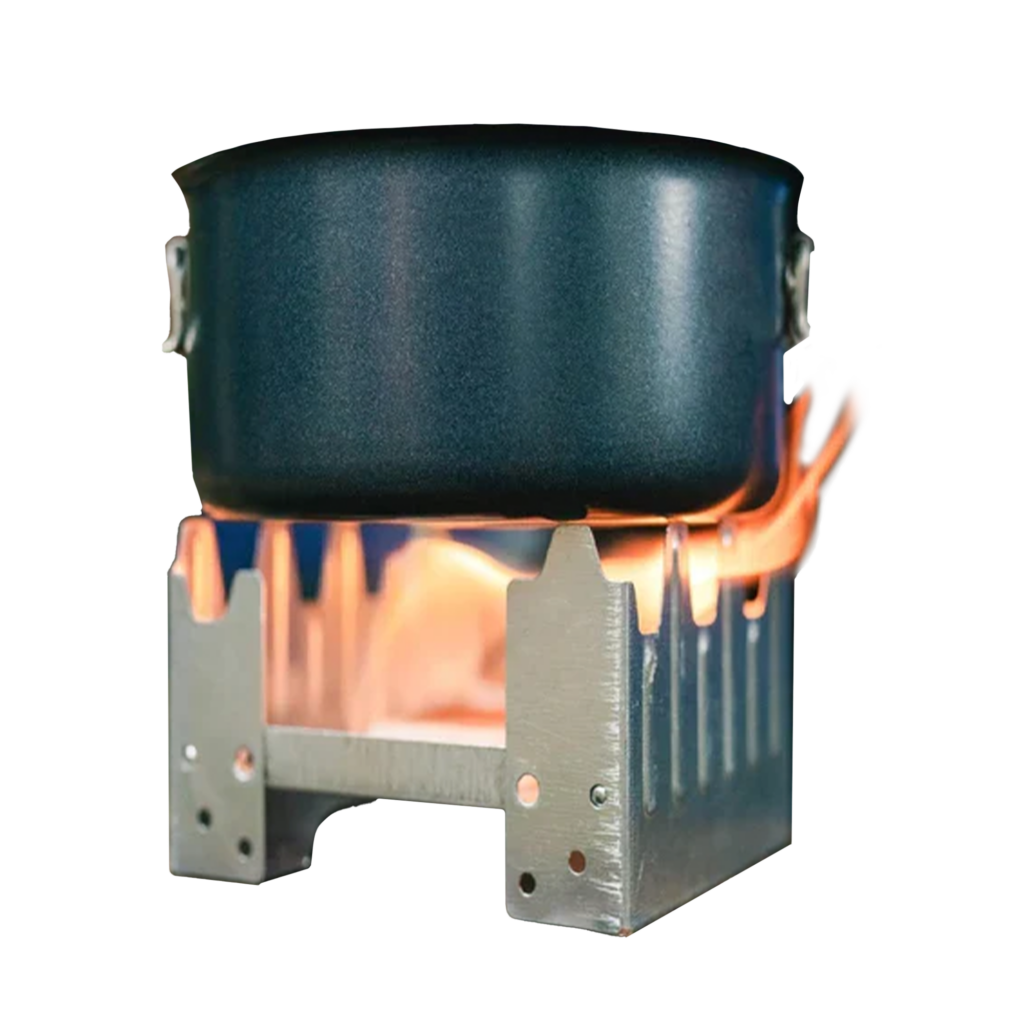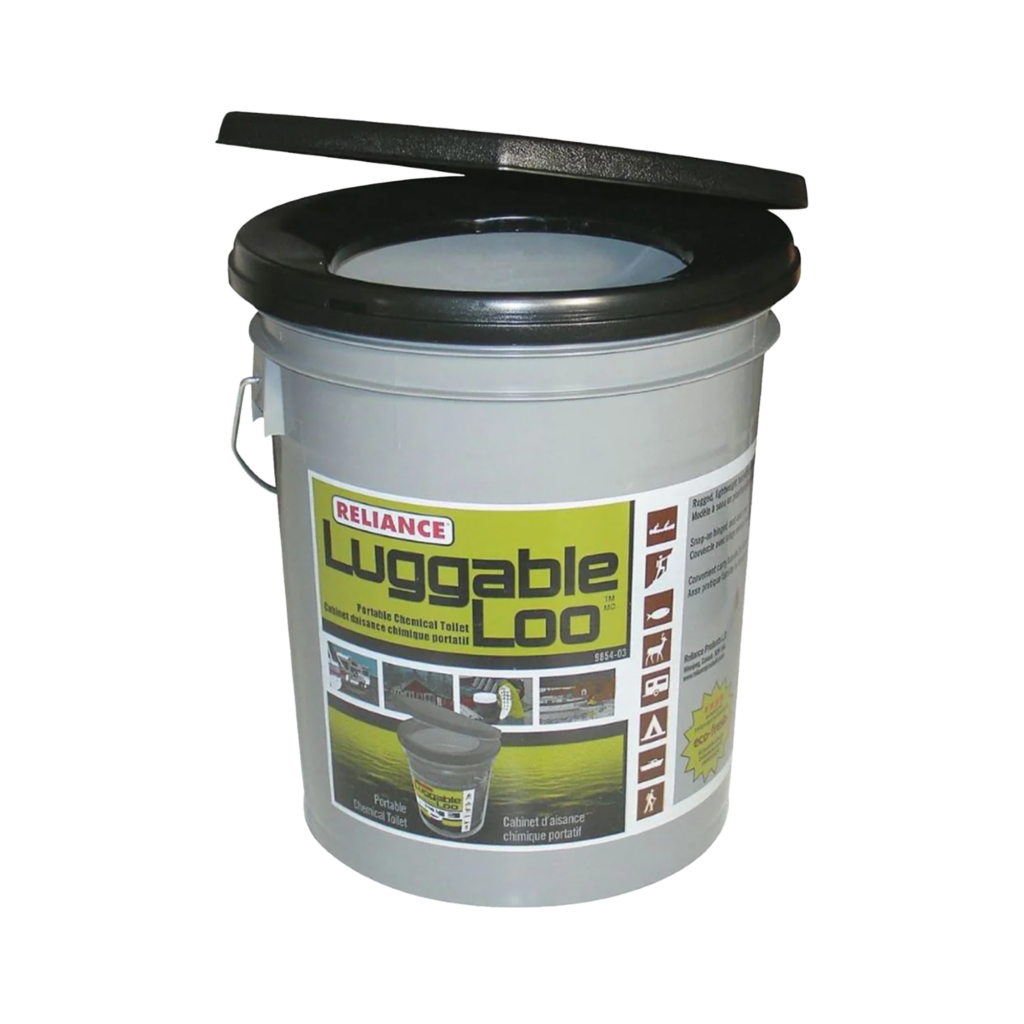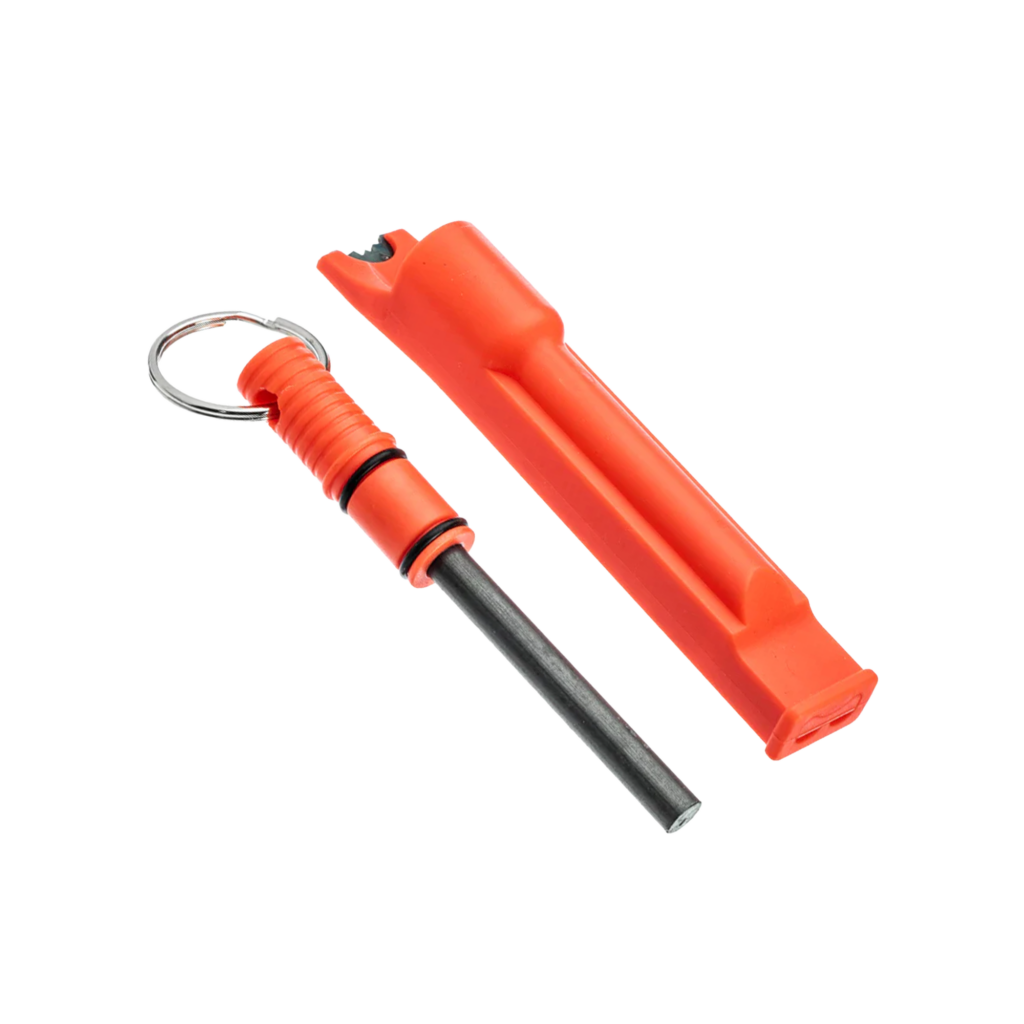Is your workplace ready for anything? Access in-depth educational resources through our LMS Program, and get prepared. Reach out today to get started.
During emergencies, food can quickly become scarce for two reasons. The first reason is due to disruptions to the infrastructure and/or supply chain. For 99 percent of us, food comes from afar (often very afar). A large and sustained event like a hurricane, flood, earthquake, social unrest or war may interfere with the many planes, trains and automobiles that together keep our grocery shelves stocked. The second reason is largely psychological but no less consequential. The fear of shortages is enough to cause people to horde, which then leads to actual scarcity. This variety of self-fulfilling prophecy explains the toilet paper shortages we endured at the beginning of the Covid-19 pandemic. The reasons for disaster-driven food shortages matter much less that the fact of their occurrence. Storing a supply of emergency food will not only allow you to endure a shortage – it will allow you to avoid be swept up in irrational panic buying.
FEMA recommends at least three days of food per person in your home. For most of us, that comes out to nine meals. That said, some states are encouraging a much longer period of food preparedness – especially for catastrophic events that can cause serious damage to infrastructure and delay the emergency response effort. Two weeks of preparedness (i.e. 42 meals per person) is beginning to emerge as a new standard. Look to your state or county emergency management if you’re uncertain.
Be sure to calculate your pets into the equation. Buy an emergency bag of pet food that is solely for emergencies. That way, if the unexpected happens as your pets near the end of their regular food supply, you’ll have backup.
Shelf-life: Remember that you’re stashing this supply away for an unknown event at an unknown moment in the future. It may sit untouched for years, so your emergency food should have at least a five-year shelf life. Some emergency foods advertise a 30-year shelf life.
Ease of preparation: This food disruption will likely occur amongst other chaos, such as power and gas outages, which could render your appliances useless. If your emergency food is too complicated to prepare on a camping trip, then it’s too complicated for an emergency.
Calorie-source: Some emergency foods might seem dense, but upon reading the package, you’ll see that they are boosting their calories courtesy of sugar. Calories derived from protein and fat will stick with you longer.
Digestibility: Millions of us have allergies and intolerances to nuts, soy, dairy, eggs, wheat and countless other things. Disasters are hard enough without being forced to eat foods that make us sick. Make sure your emergency supply is free of ingredients that you can’t tolerate.
Taste: Before stocking up on several weeks of a new food, do a taste test and make sure that you’re ready to eat the results of this investment. You will be eating a lot of this food for days on end during an already upsetting time. Remember that food isn’t just calories – food is comfort.
“During an emergency” is of course part of the answer, but it’s a bit more nuanced that that. This supply is your last resort after you’ve depleted all of your other food stocks. The contents of your refrigerator, freezer, and non-refrigerated perishables like breads and fruits are your first choice during an emergency, particularly if the emergency occasions a utility disruption. Following that, move through your pantry. Once you get through the last of the crackers, pastas, and canned goods, then move onto your emergency food supply. Put another way, your first priority is to minimize loss of food by eating up what may expire. If you’ve chosen an emergency food that has a long shelf life, it will still be safe to eat long after you’ve consumed everything else.
Property protection is a year-round, community-wide effort if you live in wildfire country. Here are some steps that both you and your neighbors need to take every year:
Clear brush and weeds from your property. Dry groundcover is a welcome mat for fires to spread to your doorstep.
Trim the lower branches of trees. Particularly if you haven’t addressed the groundcover, branches near to the ground form a ladder that allows fire to reach the treetops.
Clear you gutters of debris. Sparks and embers can spread from afar to nest in this bed of kindling along your roofline. Once your roof catches fire, your home is likely to follow.
It’s scary to make a food judgement call. No one wants to waste food needlessly during a time of scarcity and we of course don’t want to sicken our family during an already trying time. Listen to your instincts – they know food better than your brain does. Canned foods can be especially daunting if they are past their expiration dates. Here are some moments that should raise an instinctual red flag:
Don’t eat foods from cans that are swollen, dented or corroded, even thought they product may look safe to eat
Don’t eat any food that looks or smells abnormal, event if the can looks normal.
Refer to the Ready.Gov or the CDC for additional food safety guidelines.
Emergency Food Preparation Supplies
You won’t likely call upon your emergency food on a random Tuesday night – you will call upon it in the midst of a large disaster event. Disasters often take a toll on the very infrastructure that we rely on to prepare food – namely gas, electricity, and running water. So in addition to procuring an emergency food supply, give thought to your means of preparing your emergency food during a service outage. Below are some thoughts.
 Camp Stove
Camp Stove
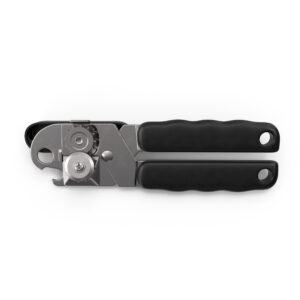 Can Opener
Can Opener
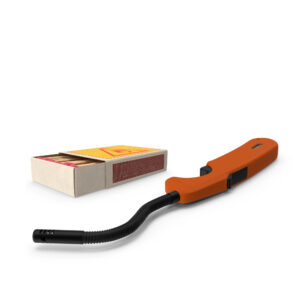 Fire Starters
Fire Starters
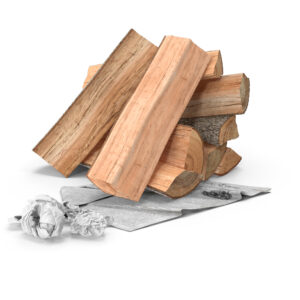 Firewood + Kindling
Firewood + Kindling
Shop for Emergency Food Supplies at Redfora
Subscribe to our newsletter and get $10 off your first order over $99.
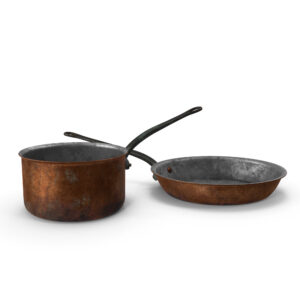 Pots + Pans
Pots + Pans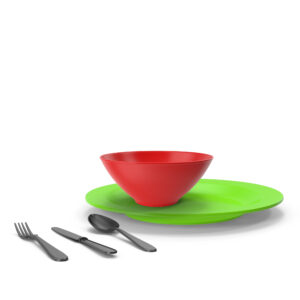 Utensils
Utensils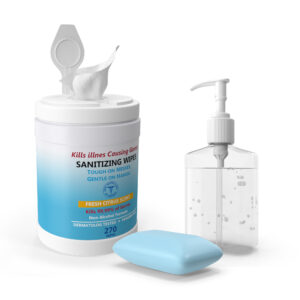 Hygiene Items
Hygiene Items